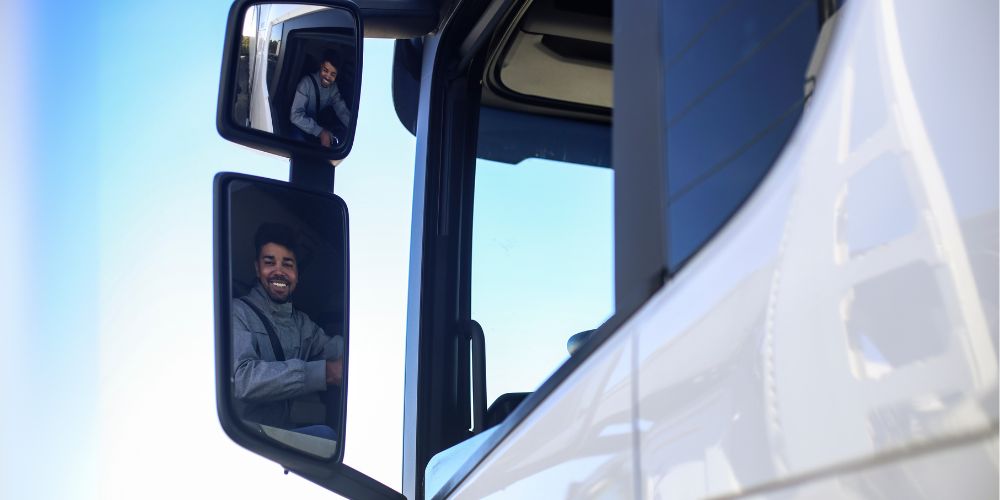When you think about safety incidents involving trucks, you might go straight to accidents.
It’s also a good idea to think about “near-miss incidents”.
According to the Occupational Safety and Health Administration, for every serious accident, there are nearly 300 near-misses. It’s that moment when you think, “Wow, that was close!” or “That could have ended badly.” You avoided an accident, so no harm, no foul – right?
Not quite.
Those 300 near-misses are 300 chances to identify hazards, improve safety and possibly save lives.
What is a near-miss?
A near-miss is an unplanned event that could have resulted in injury, damage, or loss – but didn’t.
Some common near-miss situations might include:
- Trailer door swing: Forgetting to secure the trailer door catch on a windy day while inspecting cargo and barely dodging the door as it swung shut unpredictably.
- Quick in and out: Climbing in and out of the truck without using 3-points of contact or getting out of the truck facing away from the truck. All it takes is one slip and you could get hurt.
- Load shifts or equipment failures: Improperly secured cargo or mechanical issues, such as brake failures or tire blowouts, can lead to unwanted situations that are narrowly avoided.
The bottom line? Near-misses aren’t just luck – they’re learning opportunities.
Why recognizing near-miss incidents matters
Anyone, regardless of experience, can learn from near-miss incidents.
Prevent future accidents : One close call can be a warning sign of a bigger. Reporting near-misses ensures those hidden hazards are addressed before they escalate.
A safety focused mindset : We owe it to ourselves, our coworkers, and the public to foster a safety focused mindset. By encouraging near-miss reporting, we create a shared commitment to making sure everyone gets home safe.
Proactive problem solving: Whether it’s fixing a damaged step on a loading dock or improving a route with documented hazards, near-miss reports allow proactive changes that make our work environment safer for everyone.
Together, we can make the roads safer
Everyone has a hand in making a safer roadway. Recognizing near-misses may seem small, but it’s an important tool when it comes to preventing accidents.
Learn more about our I AM SAFETY culture: https://www.crst.com/safety/





